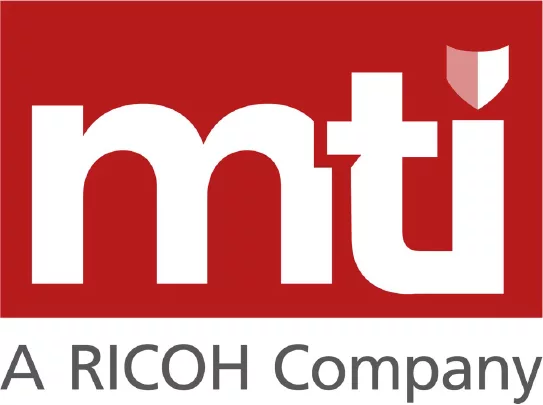Growing digital landscapes coupled with changes in the way many organisations work has resulted in the changing role of IT infrastructure. In the past, IT infrastructure played a supporting role to an organisations business process, but today it’s the foundation the whole organisation runs on and is at the core of everything they do.
Legacy IT infrastructure can no longer meet the requirements of the modern digital world we live in today. It lacks the visibility, stability and scalability that is required to meet the demands of evolving digital landscapes.
Hardware-centric solutions associated with legacy infrastructure are typically complex, costly and cannot provide the flexibility that a software-defined approach delivers. But there are some pitfalls to avoid when adopting a modern solution to IT infrastructure, let’s take a look at the top five and how your organisation can avoid them.
1. A rigid approach to applications
Everything in the digital landscape changes quickly and your approach to applications should be flexible and scalable so you can adapt to the changes. Rigid approaches to applications, such as tying them to specific hardware and not enabling mobility across environments will likely result in your applications quickly becoming obsolete.
It can also affect the progress of your organisation and create inefficiencies that prevent it from operating or competing effectively. A flexible approach to applications will help futureproof your organisation and give you peace of mind that your applications will continue to work and support your organisation wherever you choose them to run.
Removing your dependencies on hardware places your organisation in a better position to adapt in the future by allowing your applications to move seamlessly across environments and without disruption to availability.
2. Insufficient planning for cloud
Gartner predicts that 90 percent of organisations will adopt hybrid infrastructure management capabilities. While the cloud journey looks different for every business, adequate planning for cloud is imperative to build a solid infrastructure.
When planning your cloud journey, you should consider the objectives of your cloud strategy and it should be built around the principles of choice and flexibility. You should also plan for the unknown and for the future by ensuring your applications and infrastructure can embrace any type of hybrid cloud scenario or usage model.
Planning for the unknown will help you adapt your approach and operations should the landscape or your requirements change further down the road
3. Reactive Budgeting
Adopting a reference architecture-based approach enables your organisation to leverage existing investments, reduce total cost of ownership, enhance operational efficiency and minimise risks. A reference architecture will provide a standardised way to design, deploy and manage your new infrastructure.
It is proactive rather reactive and helps you plan for the future needs of your organisation and ensures that you have a clear path when implementing new structures and integrations for infrastructure that consider best practices for the delivery of specific technologies
4. Not addressing the IT skills gap
The rapid adoption and emergence of new technologies, such as IoT, AI, Automation and cloud operations, has led to an increased IT skills gap. Not having the experience of working with such technologies means organisations need to consider expanding their teams and investing in training for employees to help bridge the skills gap.
Taking a reactive approach to the skills gap can help your organisation review the overall structure of the company and its teams, so it can prepare for future challenges. Areas you may want to focus on include:
-
- Automation
-
- Networking
-
- Security
-
- Cloud Operations
-
- Application Management
5. Confusion about vendor lock-in
The majority of organisations are concerned about vendor lock-in when planning their infrastructure. Traditionally, lock-in restricts an organisations negotiation power and options when they want to make changes, but with the right supplier, the flexibility to react to the needs of the business or changing workloads can be achieved.
Standardisation provides an alternative to lock-in that enables organisations to maximise compatibility, interoperability and quality and gives them the power to plan and negotiate for something different should their needs change.
VMware streamlines the journey for organisations to deliver better digital experiences to their customers and equip employees with the tools they need to maximise their IT infrastructure and productivity.
Spanning compute, cloud, network and security and the digital workspace, VMware can help accelerate your cloud journey, transform network and security and empower your digital workspace and remote working capabilities.
Next Steps
If you want to create a solid digital foundation for your organisation and avoid the pitfalls discussed in this article, arrange a call with one of our DC modernisation experts to see how we can help you create a robust and flexible infrastructure.
You can also read our blog on Infrastructure management in 2024

